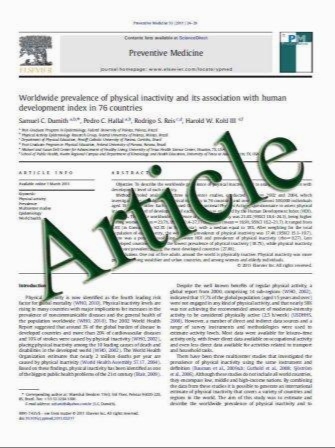Acute Ischemic Injury on Diffusion-Weighted Magnetic Resonance Imaging after Poor Grade Subarachnoid Hemorrhage
- نوع فایل : کتاب
- زبان : انگلیسی
- مؤلف : Katja E. Wartenberg • Sheetal J. Sheth • J. Michael Schmidt • Jennifer A. Frontera • Fred Rincon • Noeleen Ostapkovich • Luis Fernandez • Neeraj Bad
- چاپ و سال / کشور: 2011
Description
Background Poor clinical condition is the most important predictor of neurological outcome and mortality after subarachnoid hemorrhage (SAH). Rupture of an intracranial aneurysm was shown to be associated with acute ischemic brain injury in poor grade patients in autopsy studies and small magnetic resonance imaging series. Methods We performed diffusion-weighted magnetic resonance imaging (DWI) within 96 h of onset in 21 SAH patients with Hunt–Hess grade 4 or 5 enrolled in the Columbia University SAH Outcomes Project between July 2004 and February 2007. We analyzed demographic, radiological, clinical data, and 3 months outcome. Results Of the 21 patients 13 were Hunt–Hess grade 5, and eight were grade 4. Eighteen patients (86%) displayed bilateral and symmetric abnormalities on DWI, but not on computed tomography (CT). Involved regions included both anterior cerebral artery territories (16 patients), and less often the thalamus and basal ganglia (4 patients), middle (6 patients) or posterior cerebral artery territories (2 patients), or cerebellum (2 patients). At 1-year, 15 patients were dead (life support had been withdrawn in 6), 2 were moderately to severely disabled (modified Rankin Scale [mRS] = 4–5), and 4 had moderate-to-no disability (mRS = 1–3). Conclusions Admission DWI demonstrates multifocal areas of acute ischemic injury in poor grade SAH patients. These ischemic lesions may be related to transient intracranial circulatory arrest, acute vasoconstriction, microcirculatory disturbances, or decreased cerebral perfusion from neurogenic cardiac dysfunction. Ischemic brain injury in poor grade SAH may be a feasible target for acute resuscitation strategies.
Neurocrit Care (2011) 14:407–415 DOI 10.1007/s12028-010-9488-1 Published online: 21 December 2010


